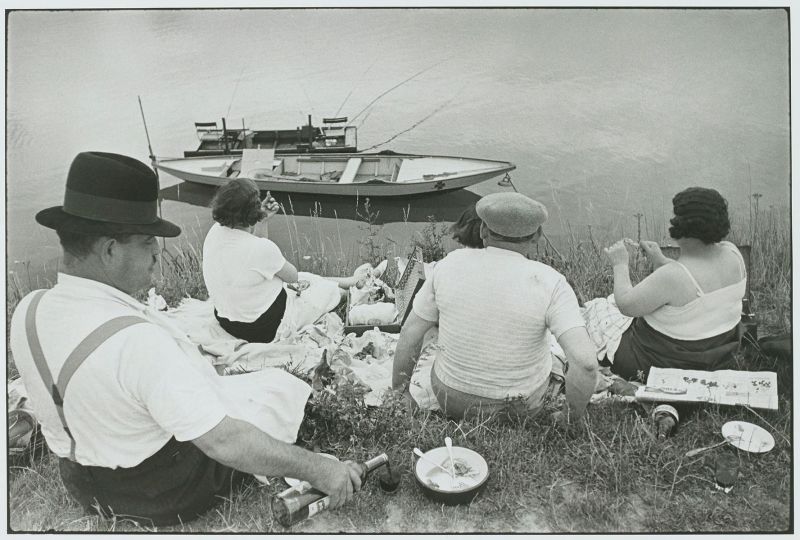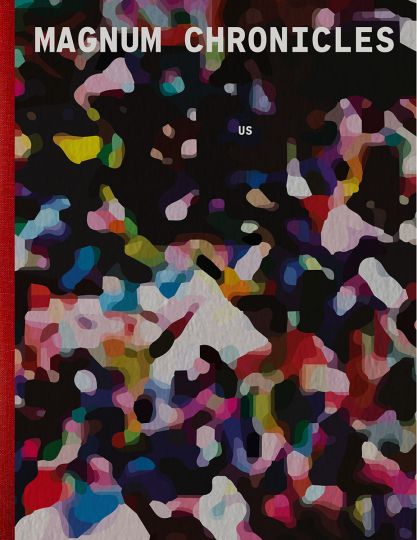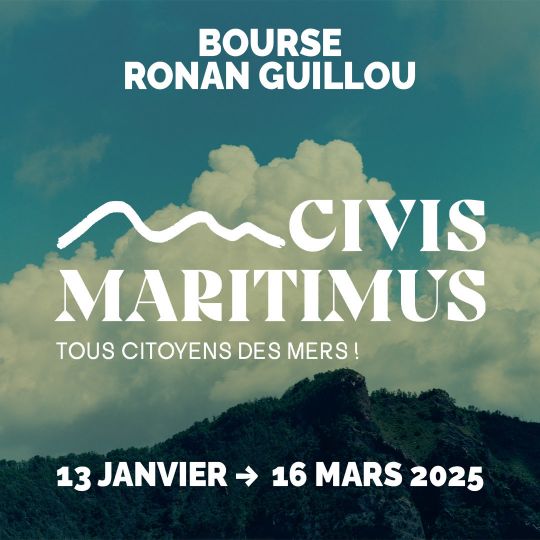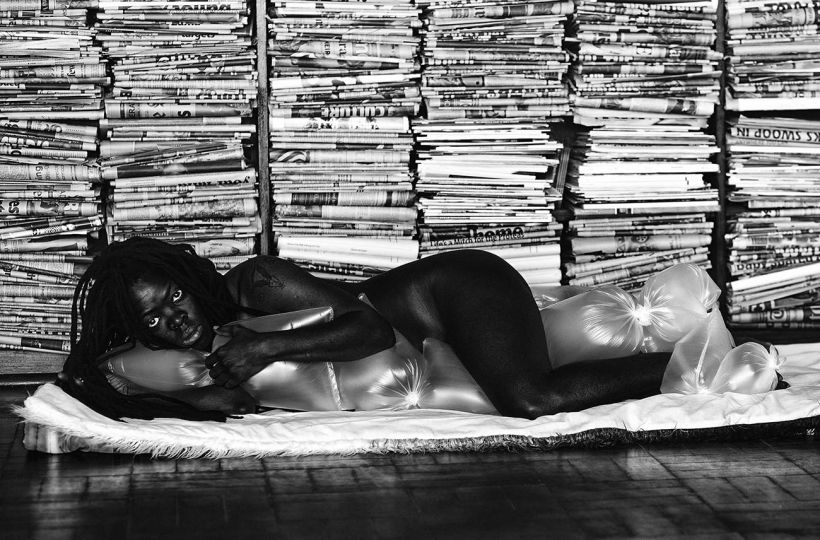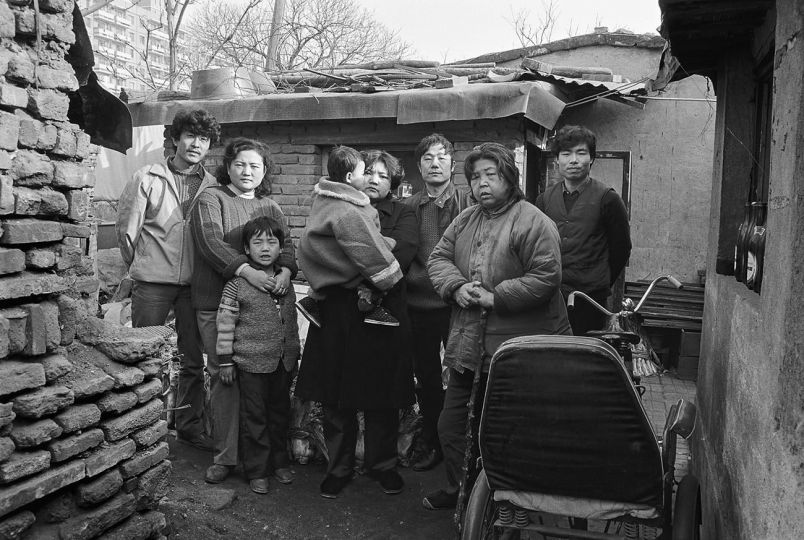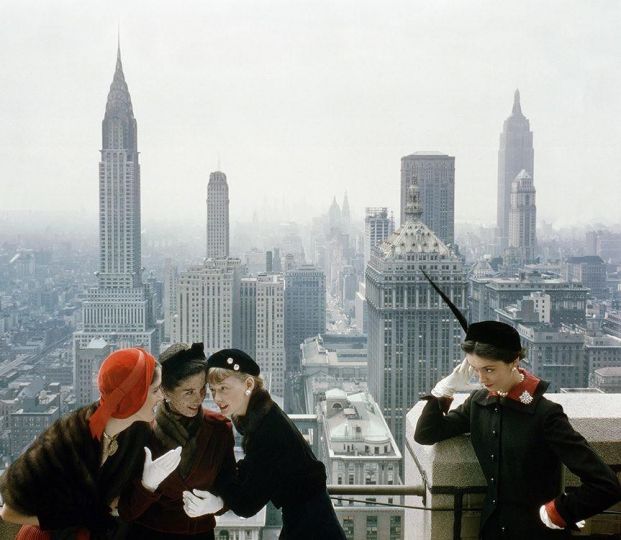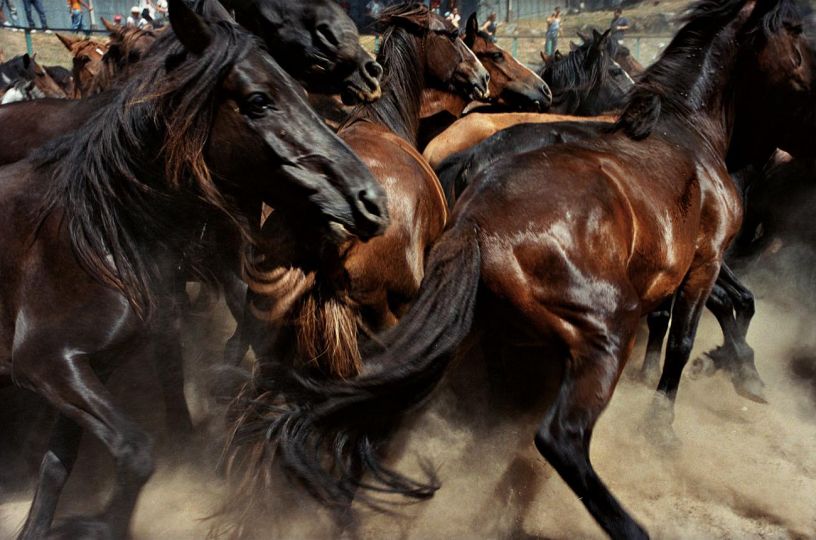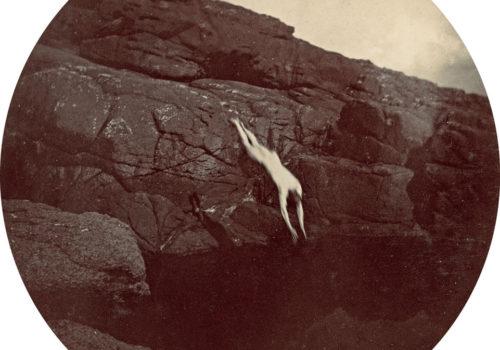From 27 June to 13 September 2020 the Fondation Vincent van Gogh presents «Complicity», an exhibition dedicated to the Swiss artist Roberto Donetta (1865–1932), whose works are being shown here for the first time in France in the form of an “encounter” with those of Natsuko Uchino, Rose Lowder and Cyprien Gaillard, as well as with Provençal ex-votos, punctuated with floral interventions by Marie Varenne and the presentation of the painting Square Saint-Pierre at Sunset (1887) by Vincent van Gogh.
The new exhibition at the Fondation Vincent van Gogh in Arles is synonymous with discovery, not to say a wealth of discoveries. The first of these undoubtedly has to do with the complicity, between subjects and photographer, that inhabits the highly poetic and surprising images by the neglected artist Roberto Donetta (1865–1932), a sympathetic chronicler of rural life in the Blenio Valley in Ticino. Like Van Gogh during his stay in Arles, Donetta maintains an intimate and precious relationship with his immediate environment.
Roberto Donetta captures what he sees, with a tenderness that equals the beauty of his compositions – whether families posing outdoors in front of carefully arranged domestic objects evoking a studio atmosphere, a table laid for a party in the open air, or female factory workers. These human beings, trades, construction sites, rituals and living portraits provide a visual transcript, sometimes tinged with an endearing humour, of daily life in Ticino. The Swiss artist is able to relay these voices with their social realities and the beauty of circumstance – that of the camera shot. His images of the past, devoid of heroism, open a window onto an ordinary way of life, camped close to nature and following the rhythm of necessary actions.
Roberto Donetta, born in 1865 in Biasca, was a seed salesman and practised photography on a self-taught basis. This passion, “too expensive for a hobby, too unlucrative for a job” (in the words of historian Antonio Mariotti), resulted in him leaving behind nearly 5,000 glass plates, which are today preserved in the Casa Rotonda, the house in which he lived and where he died. Very few of the plates are dated; others have been destroyed or are missing. It was not until the 1990s that Donetta’s photographs began to receive the attention they deserved and to be presented to the public.
Two solo shows of his work were subsequently mounted in Switzerland, in 1993 and 2016 respectively. The exhibition presented at the Fondation is thus a first, as it offers an opportunity to see Donetta outside his native country. More than seventy photographs are brought together for this occasion, covering the main themes of his candid and immediate photography, which is directed at landscapes and human emotions.
This body of photographs is accompanied by works by other artists, starting with Vincent van Gogh. Square Saint-Pierre at Sunset (1887), the Fondation’s new annual loan from the Van Gogh Museum in Amsterdam, shows a corner of nature away from the hustle and bustle of the French capital. It is seen from Montmartre, where the artist was living prior to his arrival in Arles in February 1888.
This felicitous dialogue continues with the work of experimental videographer Rose Lowder (b. 1941, Peru), and the ceramic creations of Natsuko Uchino (b. 1983, Japan). Based not far from Arles, these two artists capture the natural world, seizing upon the land or flowers in order to craft them into sensual and cognitive allies via 16mm films or in installations mixing ceramics and living organisms. The experience thus created of the physical and tangible world is extended by the presence, inside the exhibition galleries, of bouquets picked and assembled by Marie Varenne, a florist who gathers wild and cultivated flowers, foliage and grasses in the Camargue, where she lives.
As a counterpoint, the excavator heads by Cyprien Gaillard (b. 1980, Paris) introduce forms issuing directly from construction sites, places where the earth is damaged and transformed. If Gaillard’s oeuvre has a specific relationship to landscape, it is because it also invokes notably through its use of a semi-precious stone from Utah Land Art, and in particular Spiral Jetty (1970) by Robert Smithson.
Nestled in one of the Fondation’s rooms, lastly, in an echo of our previous exhibition «… et labora», are a selection of unassuming paintings depicting accidents and their miraculous resolution. These Provençal ex-votos are the vehicles of a popular imagery that foregrounds pivotal moments in fragile lives regulated by rituals.
Exhibition curators: Bice Curiger et Julia Marchand
The exhibition is taking place in partnership with the Fondazione Archivio Donetta, MASI, Museo d’arte della Svizzera italiana and Fotostiftung Schweiz, Winterthur.
THE FONDATION VINCENT VAN GOGH ARLES
FULFILLING VINCENT’S WISH
“And I hope that later on, other artists will emerge in this beautiful part of the country.”
Letter from Vincent to his brother Theo (Arles, 7 May 1888)
The Fondation offers a unique approach to Vincent van Gogh in exploring the resonance of his art and thinking with the work of artists today. Vincent’s art reached its pinnacle during his stay in Arles from February 1888 to May 1889. Beginning in 1983, likewise in Arles, Yolande Clergue invited contemporary artists to donate a work to pay homage to Van Gogh. Thanks to patron Luc Hoffmann, in 2010 a public utility foundation was established. The City of Arles placed at its disposal the Hôtel Léautaud de Donines, a prestigious fifteenth-century residence which, following its renovation by the architectural agency Fluor, opened in 2014 with over 1,000m2 of exhibition space. The Fondation’s resolutely contemporary bias is underscored by the integration within the complex of two permanent artworks by Raphael Hefti and Bertrand Lavier.
All year round, thanks to partnerships established with public and private collections, the Fondation presents one or more original canvases by Vincent van Gogh, in company with works by leading contemporary artists such as Yan Pei-Ming, Roni Horn, David Hockney, Urs Fischer and Alice Neel. Also on display are works by the nineteenthcentury masters who inspired Vincent, primarily Jean-François Millet and Adolphe Monticelli. In addition to monographic and thematic exhibitions, the Fondation hosts extramural symposia, which examine changes and developments in the arts and artistic techniques in Van Gogh’s own day, as well as Vincent’s affinities with other artists and forms of artistic expression. Art mediation and educational programmes are also key areas of focus for the Fondation, which seeks to bring visitors even closer to the artists and themes presented, for example through guided tours and activities tailored to different publics, as well as through workshops held in schools in Arles and the surrounding area. The Fondation shop, conceived as a luminous, colourful and iridescent link between the original building and its contemporary interiors, welcomes visitors in the bright and clear light so dear to Van Gogh.
The Fondation fulfils Vincent’s wish to create in Arles a place of reflection, fertile production and stimulating dialogue between artists.
“Then, as you well know, I love Arles so much […].”
Letter from Vincent to Theo (Arles, 18 February 1889).
COMPLICITY: ROBERTO DONETTA (1865–1932) encountering Natsuko Uchino, Rose Lowder, Cyprien Gaillard and Provençal ex-votos, with floral interventions by Marie Varenne and the presentation of Square Saint-Pierre at Sunset (1887) by Vincent van Gogh.
From 27 June to 13 September 2020
FONDATION VINCENT VAN GOGH ARLES
35ter rue du Docteur-Fanton 13200 Arles
www.fondation-vincentvangogh-arles.org
OPENING TIME
From June 27 to September 13, 2020:
Open daily from 10 a.m. to 6 p.m.
Last admission 45 minutes before closing.
COVID-19 SAFETY MEASURES (subject to change) Gauge limited to 60 visitors per hour.
Online ticket sales by time slots, limited on-site sale (payment by credit card).
Hydroalcoholic gel dispenser on site, wearing of a mandatory mask for all visitors








